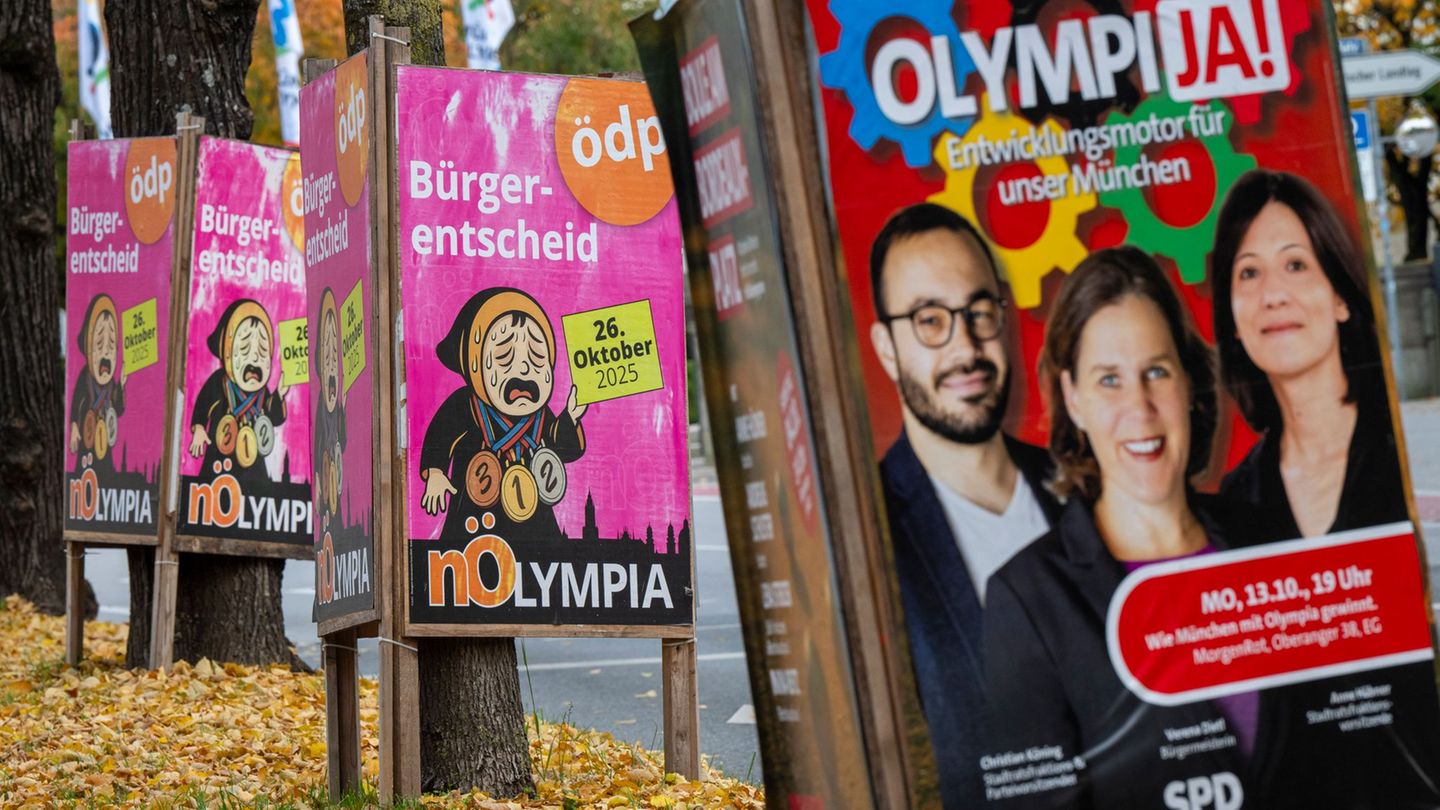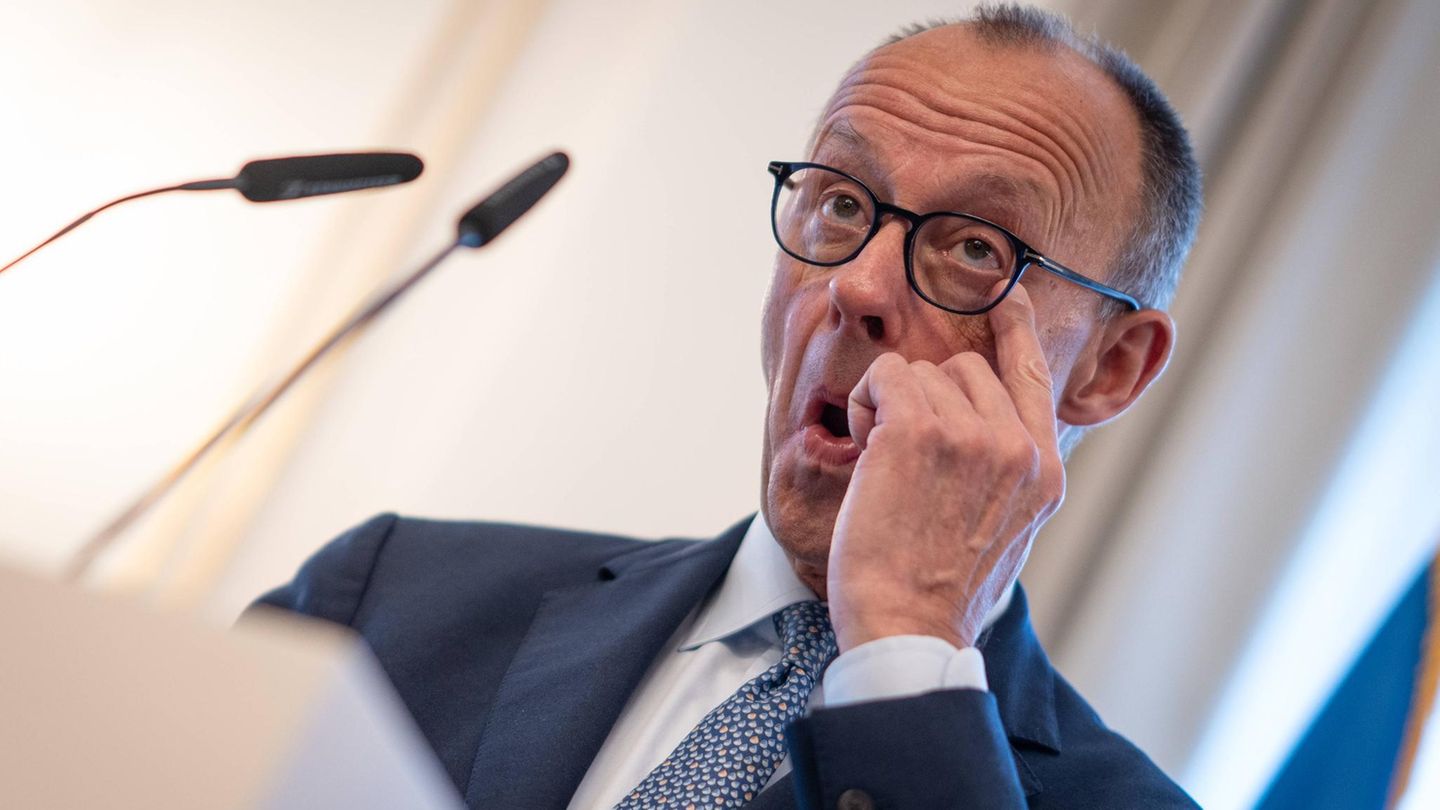In the digital age, paper looks almost antiquated. But suddenly paper is in demand – and the supply is scarce. Consumers have to be prepared for higher prices for books and newspapers.
Because paper has become significantly more expensive, Germany’s book and newspaper publishers are coming under pressure.
Short-term orders for special graphic paper and cardboard for bindings have become more difficult, reports the Börsenverein des Deutschen Buchhandels, which speaks for the book publishers. No major restrictions for readers are currently expected. But: “If the paper shortage persists and the costs remain high in the long term, this could ultimately have an impact on deliverability and book prices.”
The price increase is due to higher costs for energy and transport as well as the Corona crisis, which exacerbated the structural change: More and more paper mills are switching their production from graphic paper to cardboard, which is in demand due to the booming online trade. The «Spiegel» and the «Handelsblatt» had previously reported on the higher paper prices.
According to the Fastmarkets FOEX industry index, the prices for recovered paper in Germany have risen by 78 percent since the beginning of the year. There was also a sharp increase in pulp. Depending on the type of paper, these two raw materials play a different role: Cellulose is produced from the chemical processing of wood or wood residues. These fresh fibers are made into new paper or, in the case of some types of paper, mixed with waste paper. Newsprint, on the other hand, is made entirely from waste paper.
Difficult conditions for publishers
Book publishers feel the higher costs. The Börsenverein points out that the lead time – i.e. the time for the print job including paper orders – has increased four to six times for books. “In particular, short-term post-edition production is hardly possible.” Publishers would have to plan higher editions straight away, which makes the calculation more difficult. Since the changeover to the euro about two decades ago, book prices have only “increased very moderately”. The profit margins are low. Publishing houses could not compensate for rising production costs in the long term, and prices would have to be adjusted “so as not to get into economic difficulties”.
The Federal Association of Digital Publishers and Newspaper Publishers (BDZV) reports “considerable pressure on prices” for press papers. Demand exceeds the amount of paper produced. Not all buyers received the agreed quantities or surcharges would be charged. The threat of undersupply is extremely problematic. “We anticipate that a considerable increase in the cost of raw materials, which is to be expected, will also be reflected in the price of the product in the longer term.”
Arne Kant from the management consultancy Afry sees the increases in paper prices as inevitable. “The paper manufacturers are being forced to raise prices because they are experiencing price increases for raw materials and energy, some of which have never been seen before.” The margins are low and the market for graphic paper is shrinking.
Book publishers are affected differently. The school book publisher Cornelsen reports that the situation is being observed “very carefully”. However, Cornelsen mainly prints in the first half of the year so that the books are ready for the new school year – and was therefore not as affected by the price spiral as other publishers.
CH Beck, on the other hand, reports of higher paper prices, which “not acutely” led to price adjustments for the books, but are part of the cost-related price pressure that has lasted for a long time and is now being intensified – and “is likely to influence our medium-term pricing,” says production manager Jörg Alt. The Munich publisher is worried about a “dramatically worsened shortage of all graphic papers on the market”. Recycled paper is almost no longer available on the market and other types of paper are hardly available. “The procurement problem puts the publishers under pressure at least as much as the price problem.”
From the travel publisher Mairdumont (“Baedeker”) it is said: “We too are struggling with significantly longer delivery times on the one hand and with higher costs on the other.” However, Mairdumont is not aiming for price increases.
Paper consumption fell during pandemic
In 2020, the need for paper for newspapers and advertising papers fell significantly. After all, the economy turned out less advertisements. The economy has picked up again this year – but there is not as much printing paper as is needed.
The demand for printing paper fell for years, which was also due to digitization – e-paper is used more often in media consumption than in the past, and less is printed out in offices. In the past year, the development accelerated, as can be seen from figures from the paper industry association: The production volume of graphic paper in Germany fell by 15 percent to 6 million tons. In 2019, the minus was 8 percent, while in previous years the declines were smaller. The total minus over the past decade was 40 percent. The development is similar across Europe. For a lot of money, factories are being converted to produce cardboard instead of paper.
The situation with recovered paper is difficult: In the Corona year 2020, this was less due, among other things, to reduced newspaper thickness and canceled advertising leaflets – so there is less available for recycling this year. Roughly speaking, waste paper can be recycled ten times before it can no longer be used.
High prices, high demand – does this entice companies to get back into the production of graphic paper? Gregor Andreas Geiger from the Paper Industry Association shakes his head: “The production capacities for graphic paper are gone. They probably won’t come back. ” The structural change will continue. However, supply and demand would probably level off again in the foreseeable future. Industry expert Kant also expects a recovery – in North America and China there has already been a slight decline in pulp prices.
Jane Stock is a technology author, who has written for 24 Hours World. She writes about the latest in technology news and trends, and is always on the lookout for new and innovative ways to improve his audience’s experience.




